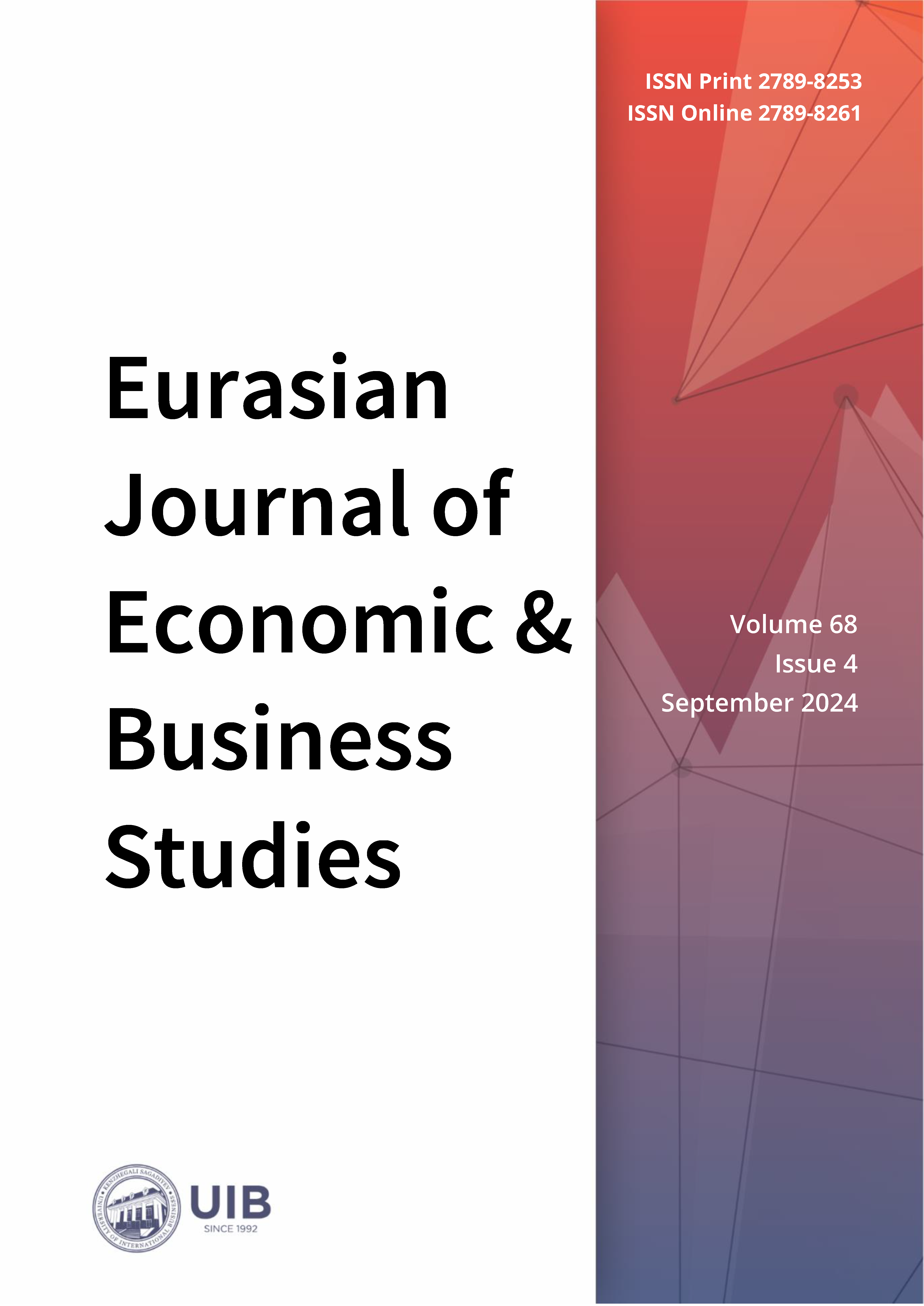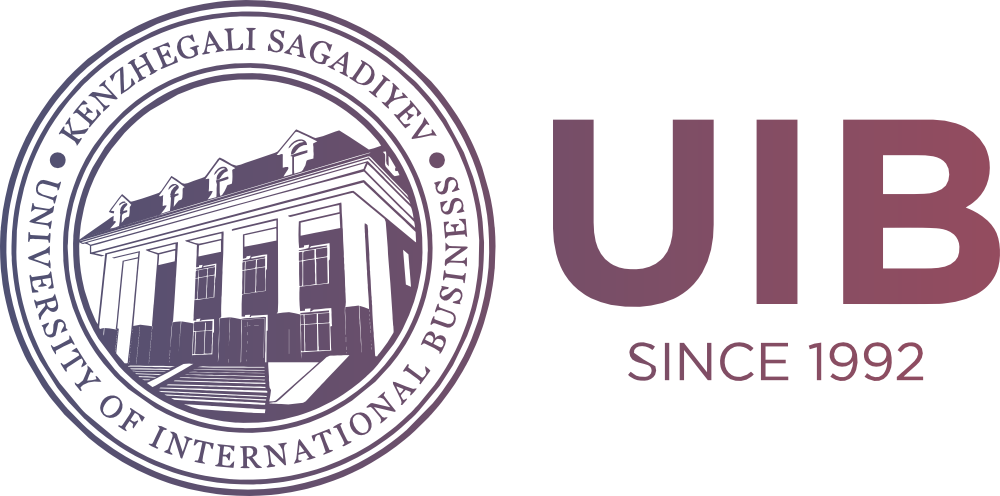Analysis of Tourism’s Impact on the Economy, Employment, and Export Potential of Kazakhstan
DOI:
https://doi.org/10.47703/ejebs.v68i4.450Keywords:
Tourism, Inbound Tourism, Outbound Tourism, Tourism Consumption, Service Export, Gross Value Added, Gender Employment KazakhstanAbstract
In Kazakhstan, the tourism sector exhibits significant potential to contribute to the national economy through its influence on employment dynamics, gross value added, and trade balances. However, challenges such as gender disparities in employment and varying contributions to goods and services exports highlight the need for deeper analysis. This study aimed to examine the impact of tourism on Kazakhstan’s economy, focusing on employment trends, gross value added, and trade performance. The data from 2012 to 2022 provided by the Bureau of National Statistics of the Republic of Kazakhstan were analyzed using the ARIMA model. The analysis showed that the average value added from tourism (GVAT) over the period amounted to 2,050.5 billion tenge, peaking at 3,270.1 billion tenges in 2022. The share of GVAT in GDP ranged from 2.9% to 4.1%, confirming its stable contribution to the economy. Foreign tourists' spending significantly contributed to GVAT growth, while domestic spending had a minimal impact. Key findings revealed stable growth in tourism’s contribution to GDP and employment, with significant disparities in male and female employment trends, particularly in recent years. The findings of the study emphasize the need to attract high-spending tourists, promote gender equality in employment, and expand exports of services as key areas for sustainable tourism growth in Kazakhstan. In future studies, it is proposed that the impact of environmental factors on tourism development and gender barriers to employment be studied in depth.
Downloads
How to Cite
Downloads
Published
Issue
Section
License

This work is licensed under a Creative Commons Attribution 4.0 International License.
Authors retain copyright and grant the journal right of first publication with the work simultaneously licensed under a Creative Commons Attribution (CC-BY) 4.0 License that allows others to share the work with an acknowledgment of the work’s authorship and initial publication in this journal.



